Ferrari has begun testing what appears to be a near-production version of its long-awaited debut EV ahead of sharing the first details about it next week.
Mystery has long surrounded the electric model, which was last week seen by Autocar’s spy snappers outside the Italian marque’s headquarters in Maranello.
The EV was sporting a very heavy camouflage – a tactic Ferrari deployed when testing the new 849 Testarossa, the 1035bhp V8 supercar revealed last month to replace the SF90 Stradale.
While prototypes of the EV have been spotted before, they all used old Maserati Levante bodies, meaning this car, despite its heavy cloak, is likely our first proper look at Ferrari’s first non-ICE model.
Its full unveiling isn't due until next spring as part of a three-step unveiling. This will start with the EV’s "technological heart", confirmed CEO Benedetto Vigna, likely meaning information about the platform and powertrain.
Ferrari will then unveil the "look and feel of the interior" in early 2026, followed by the complete unveiling in the spring, said Vigna.
Vigna previously told Autocar that the EV will be made “in the right way” to ensure buyers can “have a lot of fun”.
These latest pictures suggest the EV will be similar in size to the Purosangue V12 SUV but with a more aerodynamically friendly rakish shape.
It appears to have enough room for rear doors, suggesting it will be able to house at least four passengers.
At the rear, a high roof-mounted spoiler lip can be seen over the rear axle, and it appears to sport bloated wheel arches. Both add to the suggestion that its shape could be similar to the Purosangue – but they could also be clever cladding tricks by Ferrari to disguise the car’s real look.
Reports suggest that the EV will be priced from $500,000 (£395,000). Deliveries are still expected to begin at the end of 2026.
The Ferrari EV will be produced in the firm’s new 'E-building' at Maranello. The facility contains an advanced new production line and will eventually house production of all of Ferrari’s EV powertrains, including high-voltage batteries, electric motors and e-axles.

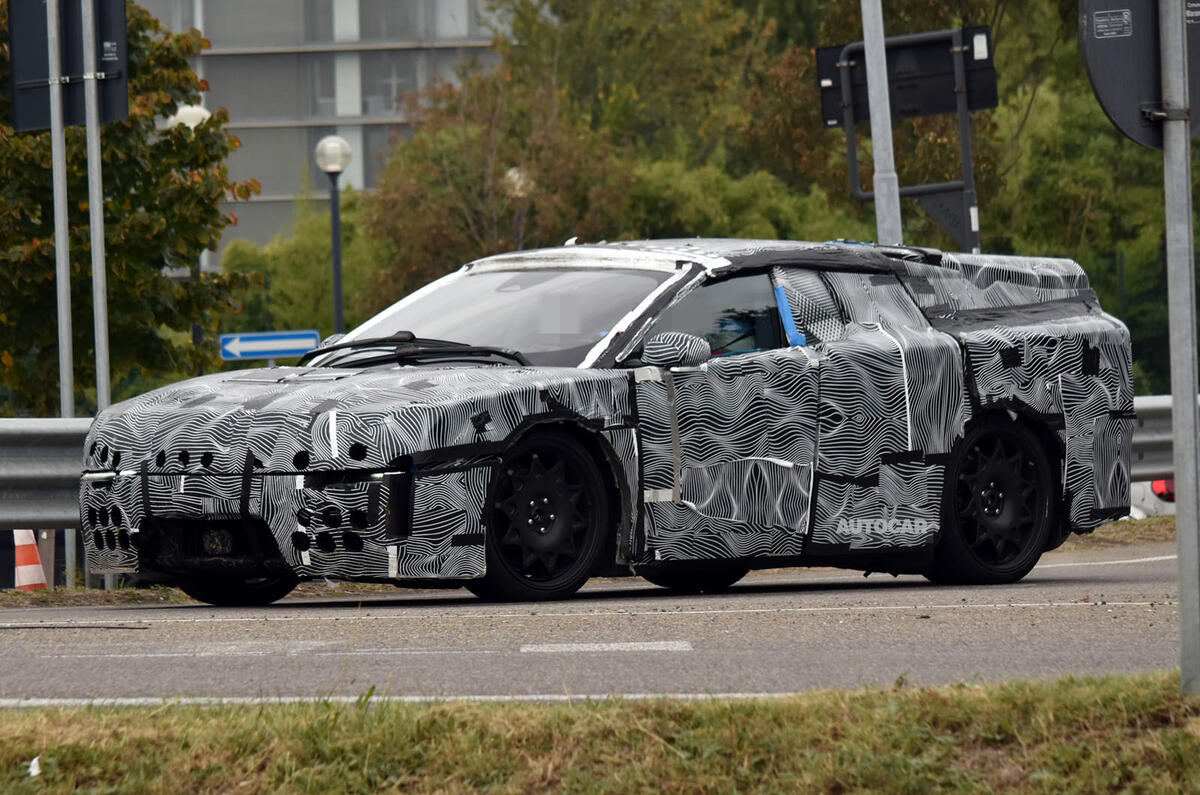
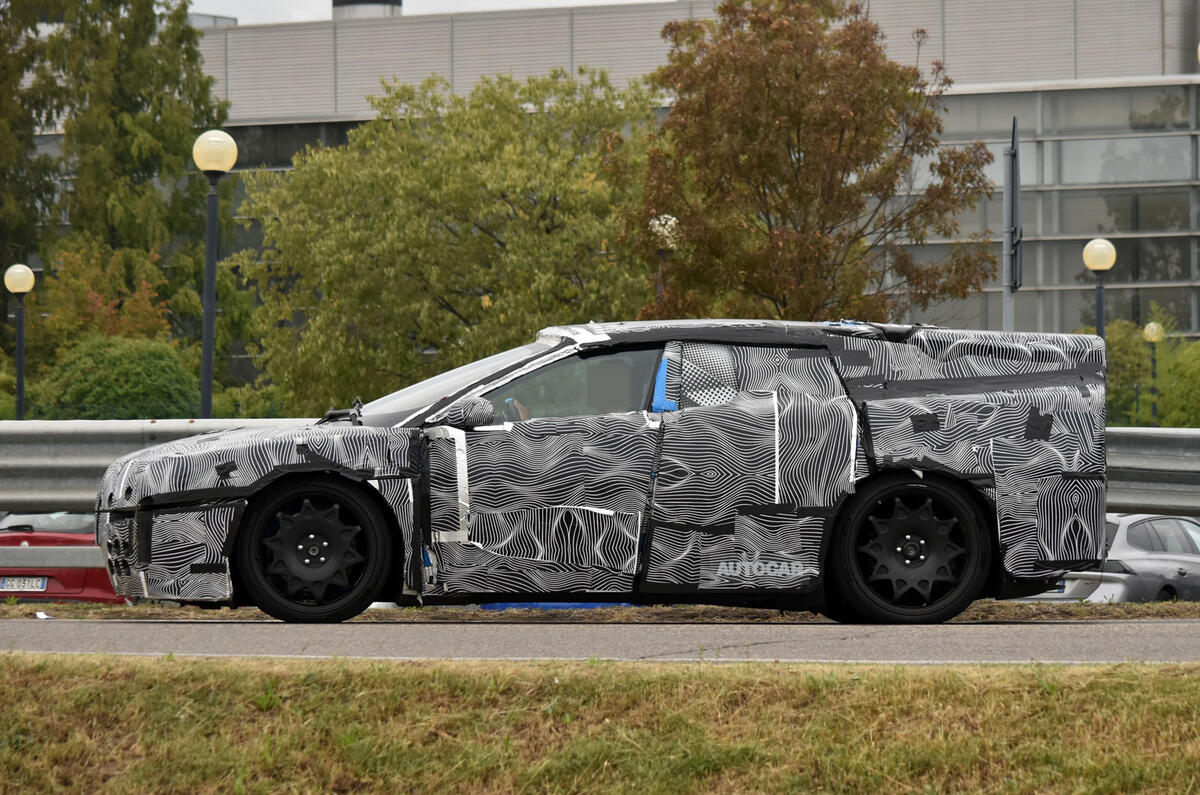
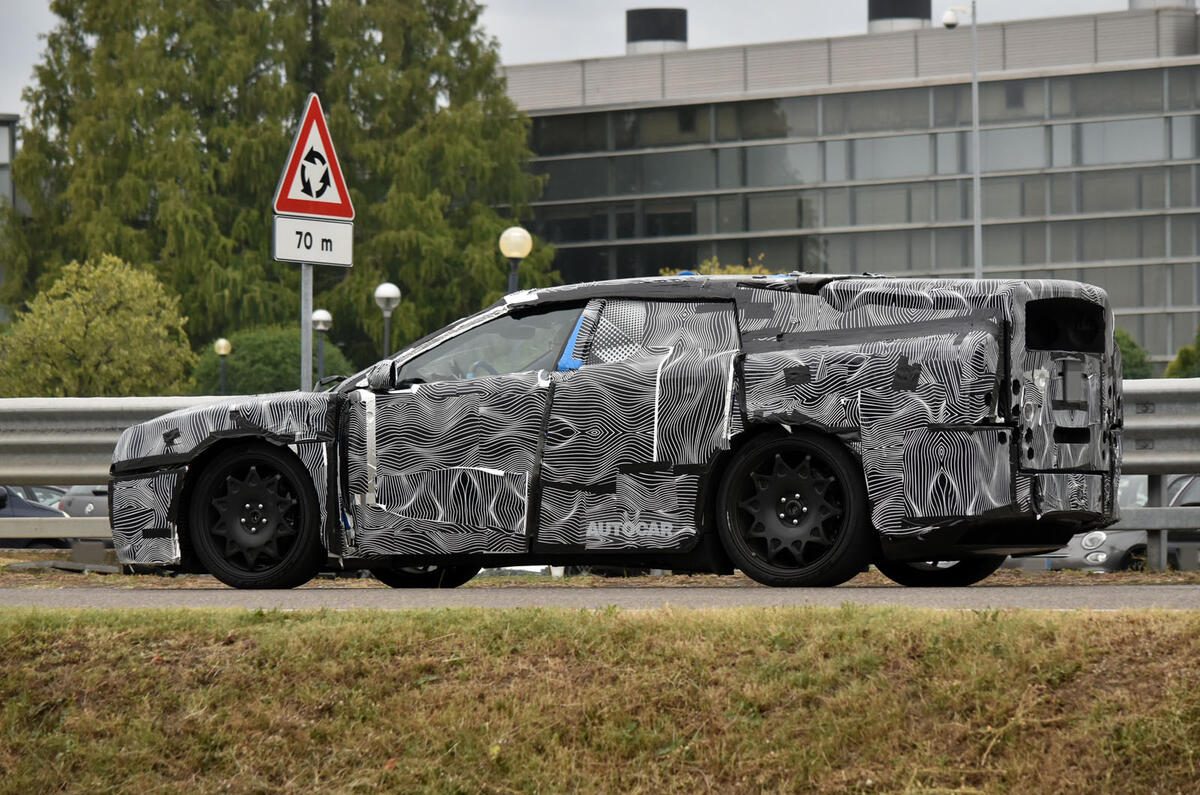
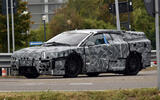
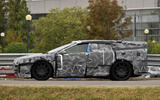
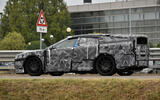






Join the debate
Add your comment
You can never tell what the car is going to look like when it camouflaged like this, it could be anything.
Holy mother of all wipers. What are they?!
OMG this looks terrible. What are their stylists doing...
;-)
Ferrari people are masters of disguise, their camouflaged prototypes never look even related to the final product.
Trying to predict what the new car would look like is always a waste of time in their case.